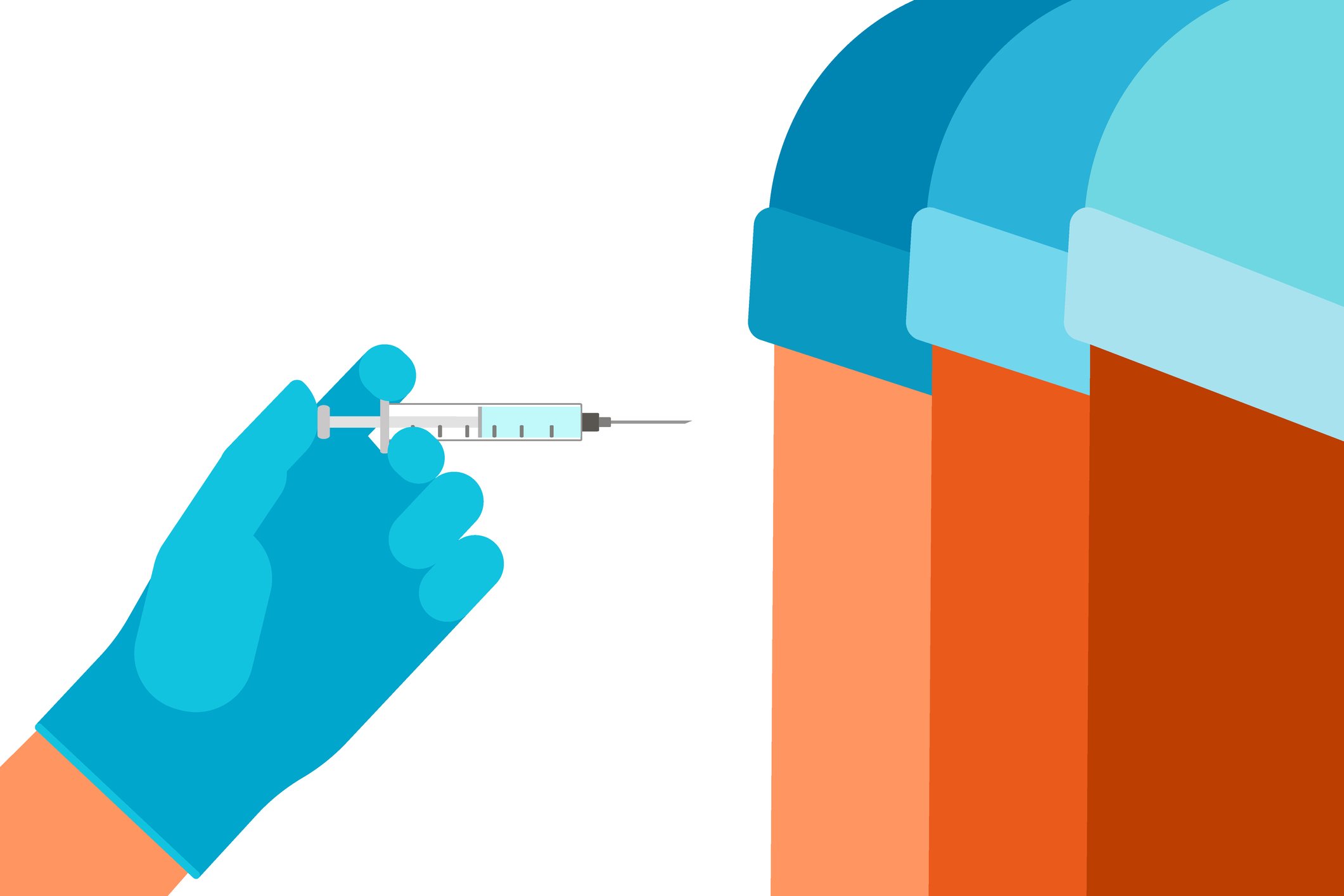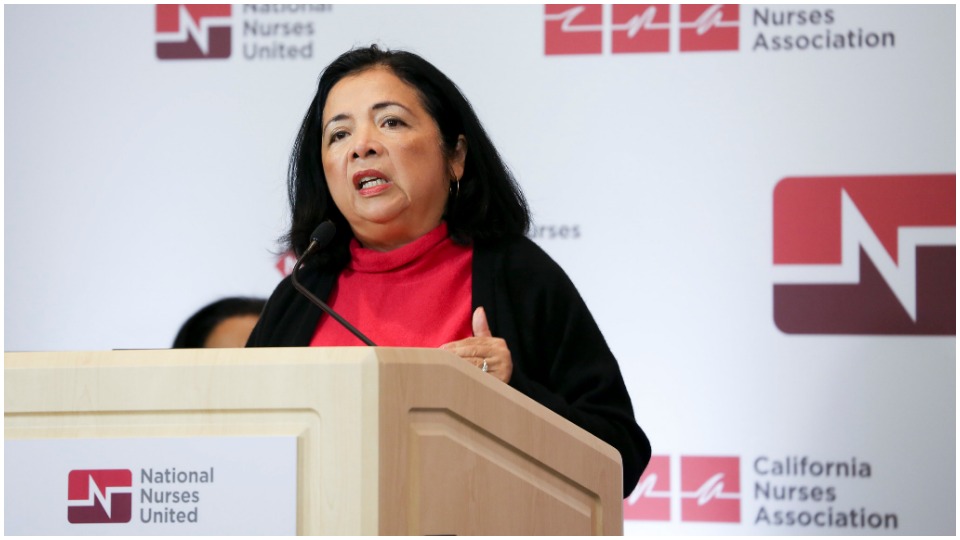Written by James McIntosh
www.medicalnewstoday.com
 Obesity is a serious public health problem in the US and can affect anyone regardless of age. In particular, childhood obesity prevalence remains high. As well as compromising a child's immediate health, obesity can also negatively influence long-term health dramatically. Unfortunately, some racial and ethnic groups are affected by obesity much more than others.
Obesity is a serious public health problem in the US and can affect anyone regardless of age. In particular, childhood obesity prevalence remains high. As well as compromising a child's immediate health, obesity can also negatively influence long-term health dramatically. Unfortunately, some racial and ethnic groups are affected by obesity much more than others.
For example, the US Department of Health and Human Services Office of Minority Health (OMH) report that African-American women have the highest rates of being overweight or obese, compared with other racial or ethnic groups in the US.
Approximately 4 out of 5 African-African women were found to be overweight or obese and, in 2011, African-American women were 80% more likely to be obese than non-Hispanic white women.
Researchers have identified that disparities in obesity prevalence can be found just as readily among children as among adults. It is alarming that these disparities exist to begin with, but more so that they exist so early in life for so many.
In this Spotlight feature, we take a brief look at the prevalence of childhood obesity in the US and the disparities in childhood obesity prevalence that exist among different racial and ethnic groups. We will examine what factors may contribute to this disparity and what action can be taken to remedy the situation.
A growing problem
"Obesity is the terror within," states Dr. Richard Carmona, the former Surgeon General. "Unless we do something about it, the magnitude of the dilemma will dwarf 9-11 or any other terrorist attempt."
These are strong words, but they illustrate the scope of the obesity problem. According to the Centers for Disease Control and Prevention (CDC), in 2009-2010, over a third (35.7%) of adults in the US were obese.
On average, childhood obesity in the US has not changed significantly since 2003-2004, and overall, approximately 17% of all children and adolescents aged 2-19 years are obese - a total of 12.7 million.
There are a number of immediate health problems that childhood obesity can lead to, including:
- Respiratory problems, such as asthma and sleep apnea
- High blood pressure and cholesterol
- Fatty liver disease
- Increased risk of psychological and social problems, such as discrimination and low self-esteem
- Joint problems
- Type 2 diabetes.
In the long term, obese children are much more likely to grow up to be obese as adults than children with healthy weights. Not only that, but the obesity experienced by these children is likely to be more severe, leading to further and more extreme health problems.
Significant disparities exist in obesity prevalence between different racial and ethnic groups. The CDC report the following obesity prevalence percentages among different youth demographics:
- Hispanic youth - 22.4%
- Non-Hispanic black youth - 20.2%
- Non-Hispanic white youth - 14.1%
- Non-Hispanic Asian youth - 8.6%.
From these figures taken from 2011-2012, we can see that levels of obesity among Hispanic and non-Hispanic black children and adolescents are significantly above average.
When the parameters are extended to include overweight children as well, the disparity persists. Around 38.9% of Hispanic youth and 32.5% of non-Hispanic black youth are either overweight or obese, compared with 28.5% of non-Hispanic white youth.
In 2008, Dr. Sonia Caprio, from the Yale University School of Medicine, CN, and colleagues wrote an article published in Diabetes Care in which they examined the influence of race, ethnicity and culture on childhood obesity, and what their implications were for prevention and treatment.
"Obesity in children is associated with severe impairments in quality of life," state the authors. "Although differences by race may exist in some domains, the strong negative effect is seen across all racial/ethnic groups and dwarfs any potential racial/ethnic differences."
However, if there are specific factors contributing to these disparities that can be addressed, the numbers involved suggest that attention should be paid to them. The long-term health of thousands of children in the US is at stake.
Socioeconomic factors
"Rarely is obesity in children caused by a medical condition," write the National Association for the Advancement of Colored People (NAACP) in their childhood obesity advocacy manual. "It occurs when more calories are eaten than calories burned."
The NAACP outline a number of factors that contribute to increases in childhood obesity, including:
- The development of neighborhoods that hinder or prevent outdoor physical activity
- Failure to adequately educate and influence families about good nutrition
- Ignored need for access to healthy foods within communities
- Limited physical activity in schools
- Promotion of a processed food culture.
The CDC report that childhood obesity among preschoolers is more prevalent in those who come from lower-income families. It is likely that this ties in with the disparity with obesity prevalence among different racial and ethnic groups.
"There are major racial differences in wealth at a given level of income," write Caprio, et al. "Whereas whites in the bottom quintile of income had some accumulated resources, African-Americans in the same income quintile had 400 times less or essentially none."
Fast food and processed food is widely available, low cost and nutritionally poor. For these reasons, they are often associated with rising obesity prevalence among children. According to Caprio, et al., lower-cost foods comprise a greater proportion of the diet of lower-income individuals.
If adults need to work long hours in order to make enough money to support their families, they may have a limited amount of time in which to prepare meals, leading them to choose fast food and convenient processed food over more healthy home-cooked meals.
Living in high-poverty areas can also mean that children have limited access to suitable outdoor spaces for exercise. If the street is the only option available to children in which to play, they or their parents may prefer them to stay inside in a safer environment.
Hispanic youth and non-Hispanic black youth are more likely to come from lower-income families than non-Hispanic white youth. According to The State of Obesity, white families earn $2 for every $1 earned by Hispanic or non-Hispanic black families.
Over 38% of African-American children aged below 18 and 23% of Latino families live below the poverty line. This statistic suggests that the effects of living with a low income that increase the risk of obesity may be felt much more by African-American and Latino families and their children.
Not only do these socioeconomic factors increase the risk of obesity among these demographic groups but equally obesity can compromise a family's economic standing.
The NAACP point out that families with obese children spend more money on clothing and medical care. Additionally, as obese and overweight girls frequently start puberty at a younger-than-average age, there is a possibility that their risk of adolescent pregnancy is also higher.
Cultural factors
Alongside these socioeconomic factors, a number of additional factors exist that may be linked to an increased prevalence of childhood obesity among Hispanic and non-Hispanic black youth.
The NAACP give one such example, stating that one component of body image is how a person believes others view them or accept their weight:
"This also poses unique challenges in African-American communities because of cultural norms that accept, uplift and at times reward individuals who are considered 'big-boned,' 'P-H-A-T, fat,' or thick.'"
Cultural norms such as these may lead to parents remaining satisfied with the weight of their children or even wanting them to be heavier, even if they are at an unhealthy weight. Other sociological studies have also suggested that among Hispanic families, women may prefer a thin figure for themselves but a larger one for their children, according to Caprio, et al.
As well as being influenced by socioeconomic status, the type of foods eaten by children can be influenced by the cultural traditions of their families.
"Food is both an expression of cultural identity and a means of preserving family and community unity," write Caprio, et al. "While consumption of traditional food with family may lower the risk of obesity in some children (e.g., Asians), it may increase the risk of obesity in other children (e.g., African-Americans)."
As mentioned earlier, the promotion of a processed food culture may be a contributing factor to childhood obesity. As fast food companies target specific audiences, favoring cultural forms associated with a particular race or ethnicity could increase children's risk of being exposed to aggressive marketing.
Caprio, et al., report that exposure to food-related television advertising - most frequently fast food advertising - was found to be 60% among African-American children.
The amount of television that is watched may contribute as well; one study conducted by the Kaiser Family Foundation observed that African-American children watched television for longer periods than non-Hispanic white children.
A number of these cultural factors are associated with socioeconomic factors. African-American children may be more likely to watch television for longer, for example, if they live in areas where opportunities for playing safely outside are limited.
What can be done?
This subject area is far too detailed to do justice to in an article of this size, but these brief observations suggest that there should be ways in which the disparity in childhood obesity between racial and ethnic groups can be addressed.
Having more safe spaces to walk, exercise and play in low-income areas would give children a better opportunity to get the exercise need to burn the required number of calories each day. Improving the availability of and access to healthy food would give families more options when it came to maintaining a healthy, balanced diet.
The NAACP state that low-income neighborhoods have half as many supermarkets as the wealthiest neighborhoods, suggesting that for many low-income families, accessing healthy food can be a challenge.
These problems are ones that would need to be solved by local government and businesses that have influence over the planning and development of public living spaces.
Caprio, et al. propose that a "socioecological" framework should be adopted to guide the prevention of childhood obesity. Such a framework would involve viewing children "in the context of their families, communities, and cultures, emphasizing the relationships among environmental, biological and behavioral determinants of health."
This approach would require large-scale collaboration, involving peer support, the establishment of supportive social norms and both the private and public sector working together.
"For health care providers to have a meaningful interaction about energy intake and energy expenditure with children/families, providers should have training in cultural competency in order to understand the specific barriers patients face and the influence of culture and society on health behaviors," the authors suggest.
In order for this disparity to be adequately addressed, a lot of work will need to be done. Not only might certain cultural norms need to be altered, but most importantly, environments will need to be provided in which children will have the opportunity to live as healthy lives as possible.
 For the last year, health experts have pleaded for better data to shed light on disproportionate rates of COVID-19 cases, hospitalizations and deaths among communities of color.
For the last year, health experts have pleaded for better data to shed light on disproportionate rates of COVID-19 cases, hospitalizations and deaths among communities of color.


 Bonnie Castillo, is the Executive Director of National Nurses United (NNU) and a former Intensive Care Nurse.
Bonnie Castillo, is the Executive Director of National Nurses United (NNU) and a former Intensive Care Nurse.  What Nurses Need to Know about COVID-19
What Nurses Need to Know about COVID-19 A new, first-of-its-kind infographic published in the Centers for Disease Control and Prevention's
A new, first-of-its-kind infographic published in the Centers for Disease Control and Prevention's  Obesity is a serious public health problem in the US and can affect anyone regardless of age. In particular, childhood obesity prevalence remains high. As well as compromising a child's immediate health, obesity can also negatively influence long-term health dramatically. Unfortunately, some racial and ethnic groups are affected by obesity much more than others.
Obesity is a serious public health problem in the US and can affect anyone regardless of age. In particular, childhood obesity prevalence remains high. As well as compromising a child's immediate health, obesity can also negatively influence long-term health dramatically. Unfortunately, some racial and ethnic groups are affected by obesity much more than others.



